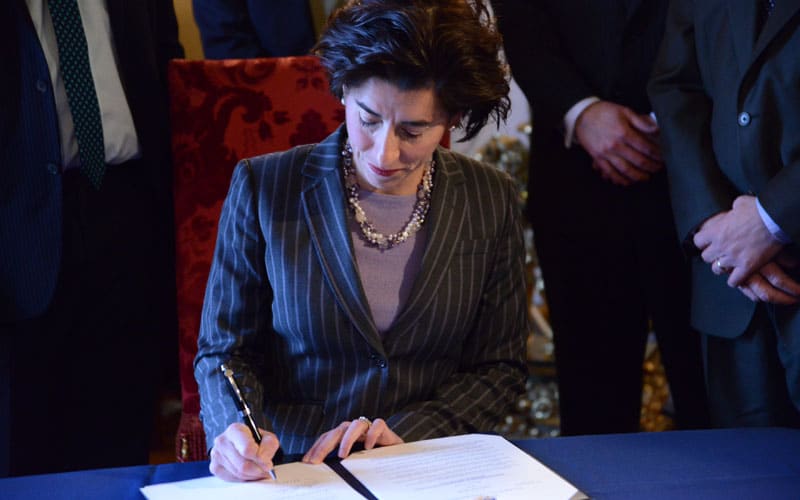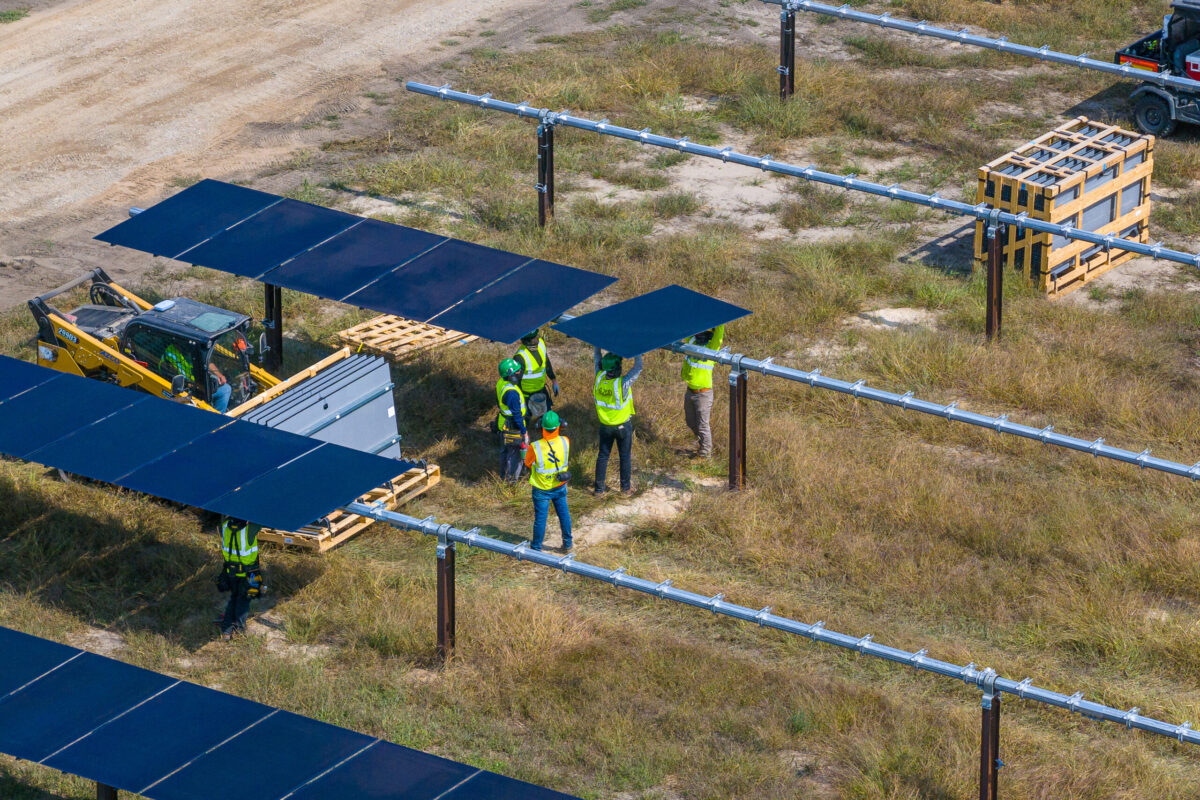As she goes into what may be a challenging race for re-election, Rhode Island Governor Gina Raimondo is touting the successes of her first term. And as far as renewable energy goes, she has a lot to be proud of. Not only did Rhode Island build the nation’s first offshore wind farm, but it is has also given birth to full-scale wind and solar markets.
As calculated by pv magazine using U.S. Department of Energy data, the output of solar facilities in Rhode Island grew more than three-fold from the first half of 2016 to the first half of 2018, and wind output more than 14-fold.
Raimondo has set an even more aggressive goal for the state to reach 1 GW of renewable energy by 2020. As a major step to reaching this goal, last week utility National Grid issued a state-ordered request for proposals (RFP) for 400 MW of renewable energy.
However, the details of this RFP show a request that may be very difficult for developers to fulfill, for several reasons. The document requires that pricing for the contracts awarded must be “below the forecasted market price of energy and RECs over the term of the proposed contract”.
pv magazine’s internal estimates indicate that this would be $100 per megawatt-hour or less. While New England has less sun and much higher costs – including labor costs – than other regions, this could still be a workable price for large-scale solar.
However, the contracts will only be 10 to 15 years in length, meaning that developers will potentially be stuck with projects for which they have to sell the electricity on a merchant basis after the contract ends. For solar, the merchant market has been dicey at best, with merchant-only solar projects in Chile and Texas going underwater.
But the biggest problem may be the sheer scale demanded. The RFP is limited to projects at least 20 MW in capacity. The state’s largest operational solar project is only 4.7 MW, and there is only one under construction larger than 20 MW in the entire state. Not to say that larger projects have not been proposed, but Rhode Island has seen fierce battles over the use of farms and the clear-cutting of forest for large-scale solar, resulting in highly restrictive planning and zoning decisions in many parts of the state.
And while Governor Raimondo’s 1 GW by 2020 goal was always a long shot, the details of this latest RFP may put it entirely out of reach.
This content is protected by copyright and may not be reused. If you want to cooperate with us and would like to reuse some of our content, please contact: editors@pv-magazine.com.









The Burrillville Land Trust would like to invite you – members of the Burrillville Town Council, members of the Burrillville Planning Board and the general public – to a meeting and workshop presented by the RI Office of Energy Resources and Statewide Planning on the Solar Model Ordinance.
This draft of the ordinance is a result of a series of meetings called the renewable energy siting working group attended by stakeholders interested in this topic. Here is a link with information and updates to the draft document: http://www.energy.ri.gov/renewable-energy/solar/
The meeting/workshop will take place on October 4th starting at 5:30pm and will be held at a location in Burrillville. As of this letter, we do not have a location for the event. The title of the meeting is Guidance to Municipalities on Solar Development & Model Solar Ordinance.
The Burrillville Land Trust is hosting the event. The land trust has attended most of the meetings since last year. A call went out a few weeks ago requesting that the land trust community host a session with OER and Statewide Planning in northern Rhode Island. The Burrillville Land Trust was the only land trust in the area to respond.
Comments, questions and reactions to the draft ordinance are encouraged during this session.
Invitations have gone out to town officials from Glocester, North Smithfield, Foster and Woonsocket will attend. Land owners, developers, investors, installers and the general public should also attend.
Numerous studies have demonstrated that trees and forests are vitally important to combat global warming, acting as carbon sinks to reduce atmospheric carbon. Of course they are extremely important for many other reasons as well, including as homes for rare and endangered birds and animals – and just regular birds and animals! They are good for the soul – beyond measure. Rather than promoting massive projects that almost inevitably involve clear cutting of forests, we should more aggressively promote rooftop solar. This approach decentralizes power and also provides a large number of jobs in the installation phase of solar development. I know there will be objections, but I for one am in favor of mandating solar installations in all new building permits – with appropriate subsidies for affordable housing units.